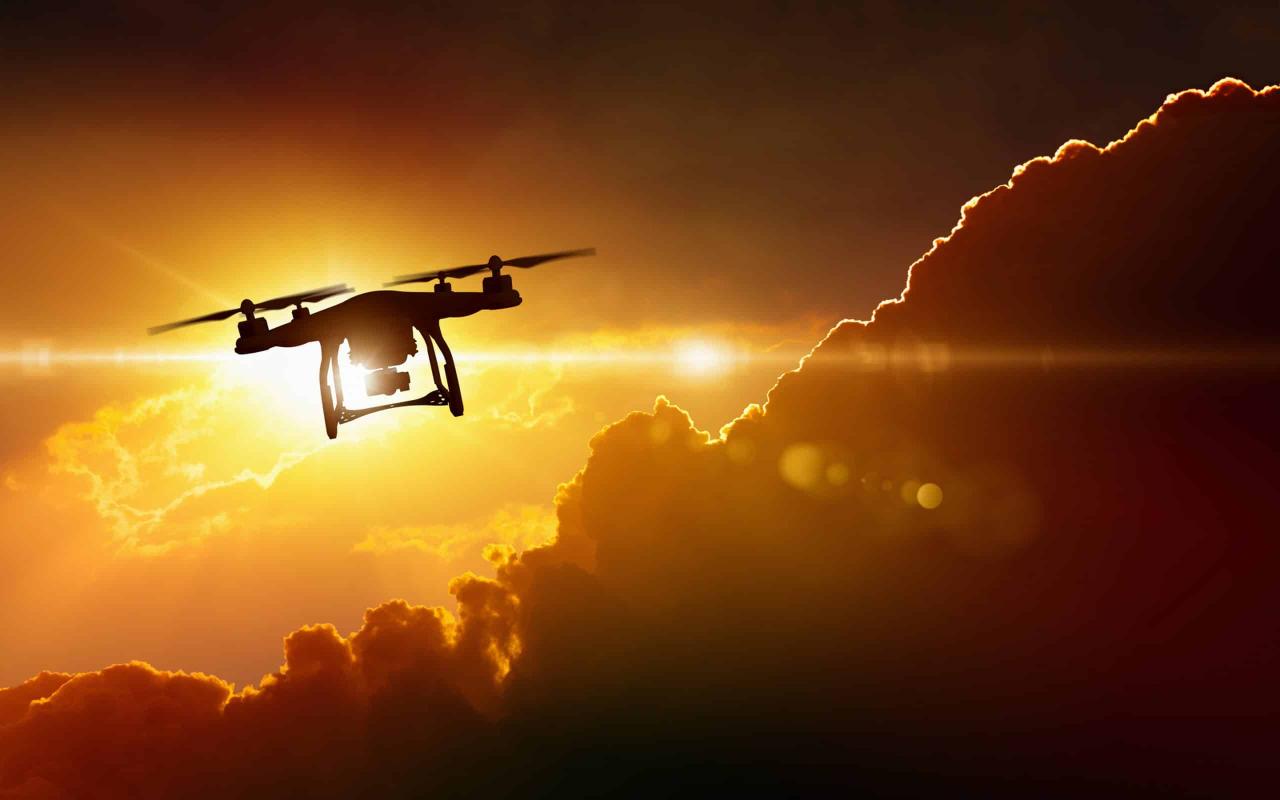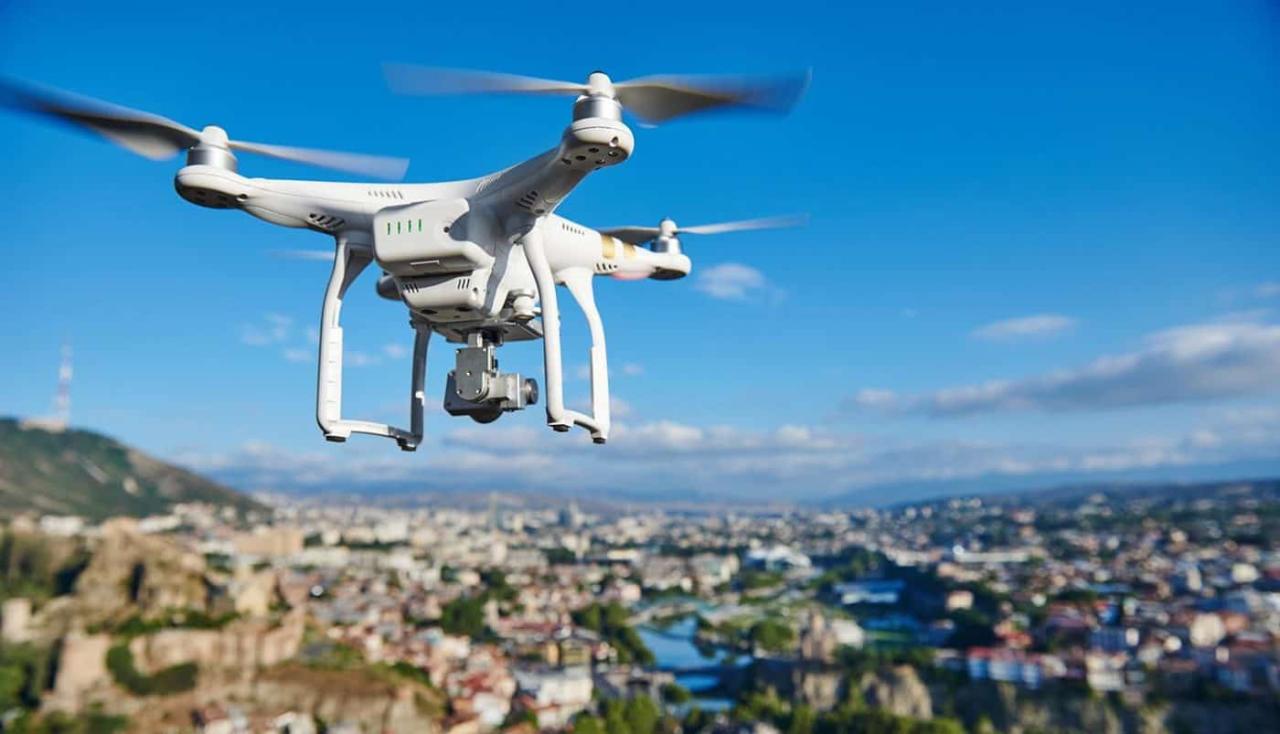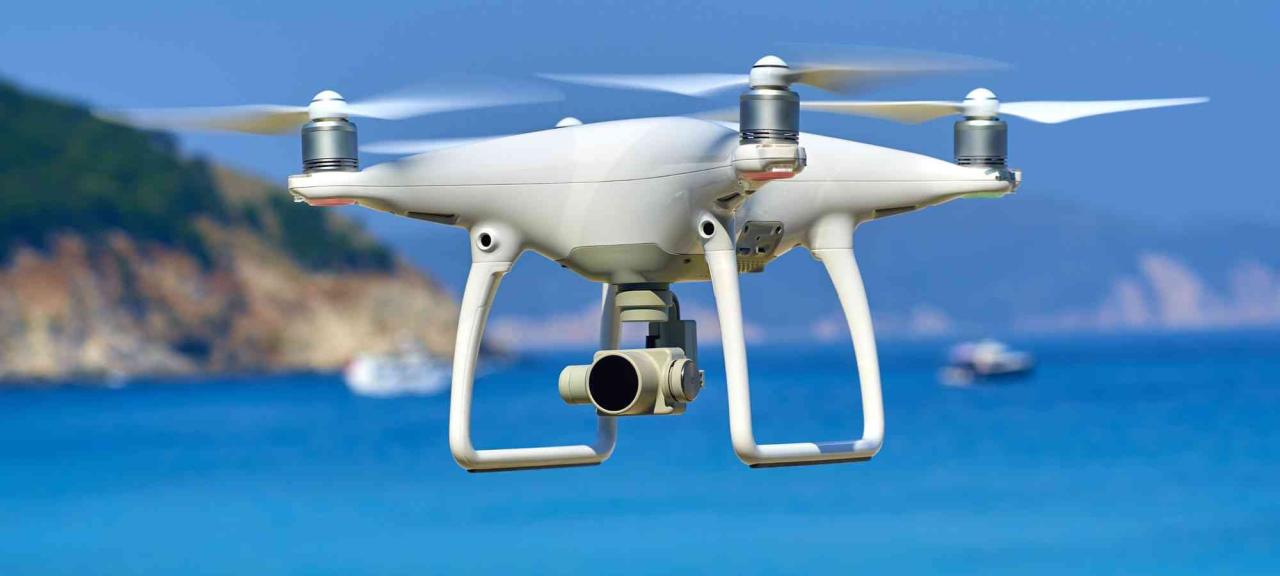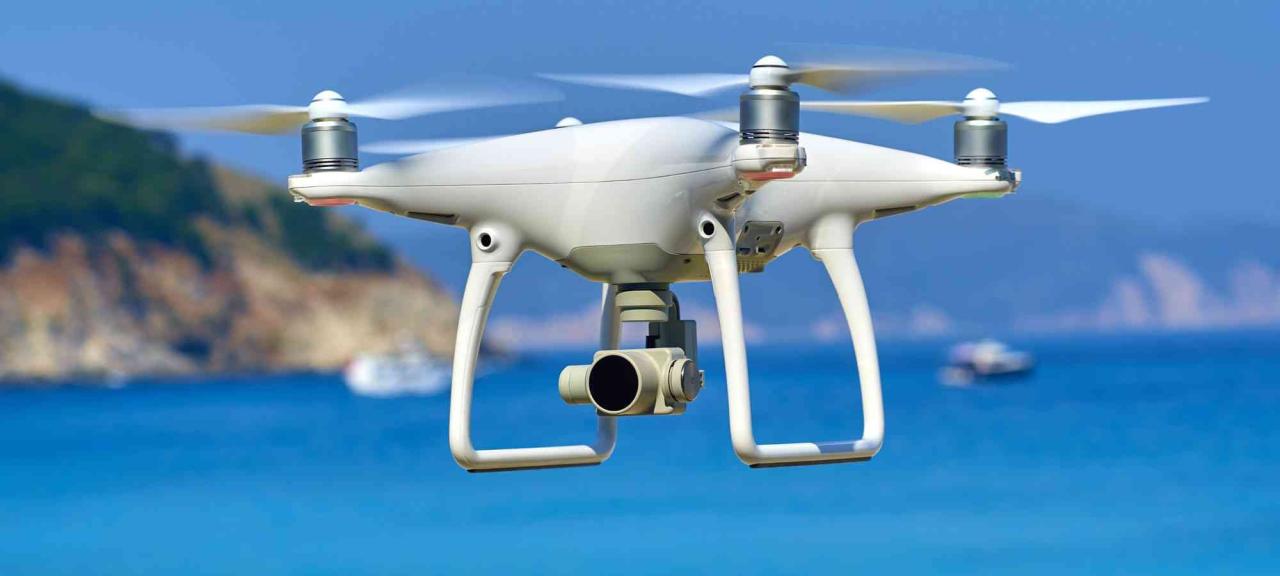Sky elements drones are revolutionizing atmospheric research. Imagine swarms of these unmanned aerial vehicles (UAVs) soaring through the sky, collecting vital data on temperature, pressure, humidity, and wind speed. This technology offers unprecedented access to atmospheric information, enabling scientists to better understand weather patterns, monitor air quality, and predict extreme weather events. This exploration dives into the current state, applications, and future of this exciting field.
We’ll examine the various drone platforms used, the types of sensors they carry, and the sophisticated data analysis techniques employed. We’ll also discuss the ethical and regulatory considerations surrounding their use, along with real-world examples of their deployment and the potential future advancements that promise even more detailed and comprehensive atmospheric data.
Sky Elements and Drone Technology: A Current Overview
The integration of drone technology with atmospheric data collection has revolutionized meteorological and environmental research. Drones offer a cost-effective and flexible platform for gathering data previously inaccessible or difficult to obtain using traditional methods. This section details the current state of this integration, focusing on sensor types, drone platforms, and data acquisition techniques.
Current Drone Integration with Atmospheric Data Collection
Drones are increasingly used to collect atmospheric data, providing high-resolution measurements across diverse geographical areas. This allows for a more detailed understanding of atmospheric processes and phenomena than previously possible with ground-based or balloon-borne systems. The flexibility and maneuverability of drones enable targeted data acquisition in specific locations and altitudes, enhancing the precision and spatial resolution of atmospheric measurements.
Common Sensors Used in Sky Element Drones
A variety of sensors are employed in sky element drones to collect atmospheric data. These sensors are often miniaturized to fit the payload capacity of the drone while maintaining accuracy and reliability. Common sensor types include:
- Temperature and humidity sensors (e.g., high-precision thermistors and capacitive humidity sensors)
- Pressure sensors (e.g., barometric pressure sensors for altitude and atmospheric pressure measurements)
- Wind speed and direction sensors (e.g., ultrasonic anemometers and wind vanes)
- Gas sensors (e.g., for detecting pollutants like carbon monoxide, nitrogen dioxide, and ozone)
- GPS and IMU (Inertial Measurement Unit) for precise location and orientation data.
Comparison of Drone Platforms for Atmospheric Research
Several drone platforms are utilized for atmospheric research, each with its own strengths and limitations. The choice of platform depends on factors such as payload capacity, flight time, range, and environmental conditions.
For instance, smaller, lighter drones are suitable for localized measurements in complex terrain, while larger drones with extended flight times are better suited for large-scale surveys. Fixed-wing drones offer longer flight times and greater range but have less maneuverability compared to multirotor drones.
| Drone Model | Payload Capacity (kg) | Flight Time (minutes) | Sensor Compatibility |
|---|---|---|---|
| DJI Matrice 300 RTK | 27 | 55 | Wide range, including high-resolution cameras, LiDAR, and various environmental sensors |
| Autel EVO II Pro | 1.5 | 40 | High-resolution cameras, thermal cameras, and some environmental sensors |
| SenseFly eBee X | 1 | 50-90 (depending on configuration) | High-resolution cameras, multispectral sensors |
| Parrot ANAFI USA | 0.25 | 25 | High-resolution cameras, thermal cameras |
Data Acquisition and Analysis Methods
Collecting accurate and reliable atmospheric data using drones requires careful planning and execution. Data processing and analysis are equally crucial for extracting meaningful insights from the collected information. This section details the methods involved in both aspects.
Methods for Collecting Atmospheric Data
Data acquisition involves deploying drones equipped with appropriate sensors to specific locations and altitudes. The flight path and data collection parameters are determined based on the research objectives. For instance, to measure temperature profiles, the drone might follow a pre-programmed vertical ascent and descent path, recording sensor data at regular intervals. Wind speed and direction are often measured using ultrasonic anemometers, while pressure sensors provide information about altitude and atmospheric pressure.
Challenges in Data Acquisition under Varying Weather Conditions
Adverse weather conditions can significantly impact data acquisition. High winds, rain, and snow can affect drone stability and sensor performance. Strong winds can make it difficult to maintain a stable flight path, leading to inaccurate measurements. Rain and snow can obstruct sensors and reduce data quality. Proper risk assessment and mitigation strategies are essential for successful data collection under challenging conditions.
Sky elements drones are changing the game, offering exciting possibilities for aerial photography and beyond. Thinking about the logistics, it’s interesting to see how companies like Amazon are using similar technology; check out the current amazon drone delivery locations to get a sense of their scale. Ultimately, the future of sky elements drones looks bright, with potential applications expanding rapidly.
Algorithms for Data Processing and Analysis
Raw data from sky element drones often requires processing and analysis to remove noise, correct for errors, and extract meaningful information. Common algorithms used include:
- Calibration algorithms to correct for sensor biases and drifts
- Filtering algorithms to remove noise and outliers from the data
- Interpolation algorithms to fill in missing data points
- Statistical analysis techniques to identify trends and patterns in the data
- Machine learning algorithms for data classification and prediction.
Typical Data Processing Workflow
A typical data processing workflow involves several steps:
- Data acquisition and storage
- Data quality control and cleaning
- Data calibration and correction
- Data processing and analysis
- Data visualization and interpretation
- Report generation and dissemination.
Applications of Sky Element Drones

Sky element drones have found widespread applications across various fields. Their ability to collect high-resolution atmospheric data in a cost-effective and efficient manner has significantly enhanced our understanding of atmospheric processes and environmental conditions. This section explores some key applications and provides real-world examples.
Applications in Meteorology, Environmental Monitoring, and Atmospheric Research
Sky element drones are used extensively in meteorology for weather forecasting, studying atmospheric boundary layers, and monitoring severe weather events. In environmental monitoring, they help assess air quality, track pollution plumes, and monitor the health of ecosystems. Atmospheric research benefits from their ability to collect data from inaccessible locations and altitudes, improving our understanding of climate change and atmospheric dynamics.
Real-World Deployments of Sky Element Drones
Numerous studies have successfully employed sky element drones for atmospheric research. For instance, drones have been used to measure atmospheric stability in mountainous regions, study the dispersion of pollutants from industrial sources, and monitor the evolution of wildfires. These deployments have provided valuable data that have advanced our understanding of atmospheric processes and improved environmental monitoring strategies.
Hypothetical Scenario: Air Quality Monitoring in an Urban Environment
Imagine a scenario where a fleet of drones is deployed across a city to monitor air quality. Equipped with gas sensors, these drones could map the spatial distribution of pollutants like nitrogen dioxide and particulate matter. The data collected could be used to identify pollution hotspots, assess the effectiveness of emission control measures, and inform public health advisories. This approach offers a more comprehensive and detailed understanding of urban air quality than traditional monitoring networks.
Benefits and Limitations Compared to Traditional Methods

Compared to traditional methods like weather balloons and fixed monitoring stations, drones offer several advantages, including increased spatial resolution, flexibility, and cost-effectiveness. However, limitations include shorter flight times, limited payload capacity, and susceptibility to adverse weather conditions. The optimal approach often involves integrating drone data with data from traditional methods to gain a more complete understanding of atmospheric conditions.
Technological Advancements and Future Trends
The field of sky element drones is constantly evolving, with new technologies and advancements continually emerging. This section explores some key technological trends and their potential impact on the future of atmospheric data collection.
Emerging Technologies: AI and Machine Learning
Artificial intelligence (AI) and machine learning (ML) are playing an increasingly important role in the processing and analysis of data from sky element drones. AI algorithms can automate data processing tasks, identify anomalies, and predict future atmospheric conditions. ML models can be trained to recognize patterns in atmospheric data, providing valuable insights into complex atmospheric processes.
Sky elements drones are revolutionizing aerial displays, offering breathtaking possibilities for large-scale shows. Think of the incredible visuals you could create – and one amazing example is the spectacular light show at the Niagara Falls drone show , a perfect demonstration of what’s possible with coordinated drone formations. The technology behind these shows, like the ones using sky elements drones, is constantly evolving, promising even more impressive displays in the future.
Improvements in Drone Sensor Technology and Data Processing
Advancements in sensor technology are leading to smaller, lighter, and more accurate sensors with improved sensitivity and wider operating ranges. This allows for the collection of more detailed and reliable atmospheric data. Simultaneously, improvements in data processing capabilities are enabling faster and more efficient analysis of large datasets, facilitating more timely insights.
Projection of Sky Element Drone Evolution
Over the next decade, we can expect to see further miniaturization of drones and sensors, enabling deployment in even more challenging environments. Increased autonomy and improved navigation capabilities will allow for longer and more complex missions. The integration of advanced AI and ML algorithms will automate data processing and analysis, providing real-time insights into atmospheric conditions. This will lead to improved weather forecasting, enhanced environmental monitoring, and a deeper understanding of atmospheric processes.
Potential Future Applications of Advanced Sky Element Drone Technology
Future applications of advanced sky element drone technology include:
- Real-time monitoring of volcanic eruptions and other hazardous events
- Precision agriculture applications, optimizing irrigation and fertilizer use
- Improved wildfire detection and monitoring
- Advanced atmospheric research, studying the impact of climate change on weather patterns
- Autonomous atmospheric monitoring networks for continuous data acquisition.
Ethical and Regulatory Considerations
The increasing use of sky element drones raises important ethical and regulatory considerations. Addressing these concerns is crucial to ensure responsible and sustainable use of this technology. This section explores the ethical and regulatory landscape surrounding sky element drones.
Ethical Implications of Drone Use for Atmospheric Data Collection, Sky elements drones
Ethical considerations include protecting individual privacy, ensuring data security, and minimizing environmental impact. Data collected by drones may contain sensitive information, requiring robust security measures to prevent unauthorized access or misuse. The potential for drones to disturb wildlife or ecosystems needs careful consideration, requiring responsible flight planning and operational procedures.
Existing Regulations and Guidelines Governing Drone Use
Regulations governing the use of drones vary across countries and regions. Most jurisdictions require drone operators to obtain licenses or permits and adhere to specific flight rules and safety guidelines. These regulations aim to prevent accidents, protect airspace safety, and ensure responsible drone operation. The specific regulations often depend on the type of drone, its intended use, and the location of operation.
Potential Future Regulatory Frameworks
As drone technology continues to advance, new regulatory frameworks may be needed to address the growing use of sky element drones in atmospheric data collection. These frameworks could focus on data privacy, cybersecurity, environmental protection, and airspace management. International collaboration will be essential to ensure consistent and effective regulations across different jurisdictions.
Impact of Drone Technology on Various Stakeholders
Drone technology impacts various stakeholders, including researchers, government agencies, and the public. Researchers benefit from access to high-quality atmospheric data, leading to advancements in scientific understanding. Government agencies utilize drone data for environmental monitoring, disaster response, and public safety. The public benefits from improved weather forecasting, enhanced environmental protection, and a better understanding of atmospheric conditions.
Illustrative Examples of Drone Deployments
This section provides a detailed case study of a drone deployment and a visual description of a deployment scenario, showcasing the practical application of sky element drones in atmospheric research.
Case Study: Atmospheric Profiling over a Volcanic Region

A research team deployed a DJI Matrice 300 RTK drone equipped with temperature, humidity, pressure, and gas sensors over an active volcano in Iceland. The drone followed a pre-programmed flight path, ascending to various altitudes to collect atmospheric profiles. The data collected revealed significant variations in temperature, humidity, and gas concentrations near the volcanic vent. The study successfully characterized the atmospheric conditions in the immediate vicinity of the volcano, providing valuable insights into volcanic plume dynamics and atmospheric dispersion processes.
Challenges included strong winds and volcanic ash, requiring careful flight planning and risk mitigation strategies.
Visual Description of a Drone Deployment Scenario
Imagine a multirotor drone ascending vertically above a forested area. The drone carries a suite of sensors, including a temperature and humidity probe positioned on a boom extending below the drone, and a high-resolution camera mounted on a gimbal. The drone follows a pre-programmed flight path, moving in a grid pattern across the forest canopy. As it flies, the sensors continuously collect data, recording temperature, humidity, and high-resolution images of the forest floor.
Sky elements drones are becoming increasingly popular for their versatility and stunning visual effects. If you’re looking for an amazing example of what’s possible, check out the incredible light shows at the florida drone show ; it’s a great way to see how advanced drone technology can create breathtaking aerial displays. After seeing that, you’ll have a much better understanding of the potential of sky elements drones and their applications.
The drone’s flight path is carefully planned to ensure complete coverage of the study area while minimizing the risk of collisions with trees or other obstacles. The data collected is transmitted wirelessly to a ground station for real-time monitoring and post-processing analysis.
Final Summary
Sky elements drones represent a significant leap forward in atmospheric research, providing a cost-effective and versatile tool for collecting data previously inaccessible. While challenges remain regarding data processing, regulatory frameworks, and ethical considerations, the potential benefits are immense. From improving weather forecasting to enhancing environmental monitoring, these drones are poised to play a crucial role in understanding and protecting our planet.
The future looks bright, with ongoing technological advancements promising even greater precision and capabilities in the years to come.
Popular Questions: Sky Elements Drones
How long do sky element drones typically stay aloft?
Flight time varies greatly depending on the drone model, payload, and battery capacity. It can range from 20 minutes to several hours.
What are the main limitations of using drones for atmospheric data collection?
Limitations include battery life, weather conditions (strong winds, rain), regulatory restrictions on flight zones, and potential data loss due to technical malfunctions.
How is data security ensured with sky element drones?
Data security involves secure data transmission protocols, encryption, and robust access control measures. Specific measures depend on the drone system and the research project.
What is the cost of a sky element drone system?
The cost varies widely depending on the drone’s capabilities, sensor package, and any additional equipment. It can range from a few thousand to hundreds of thousands of dollars.
